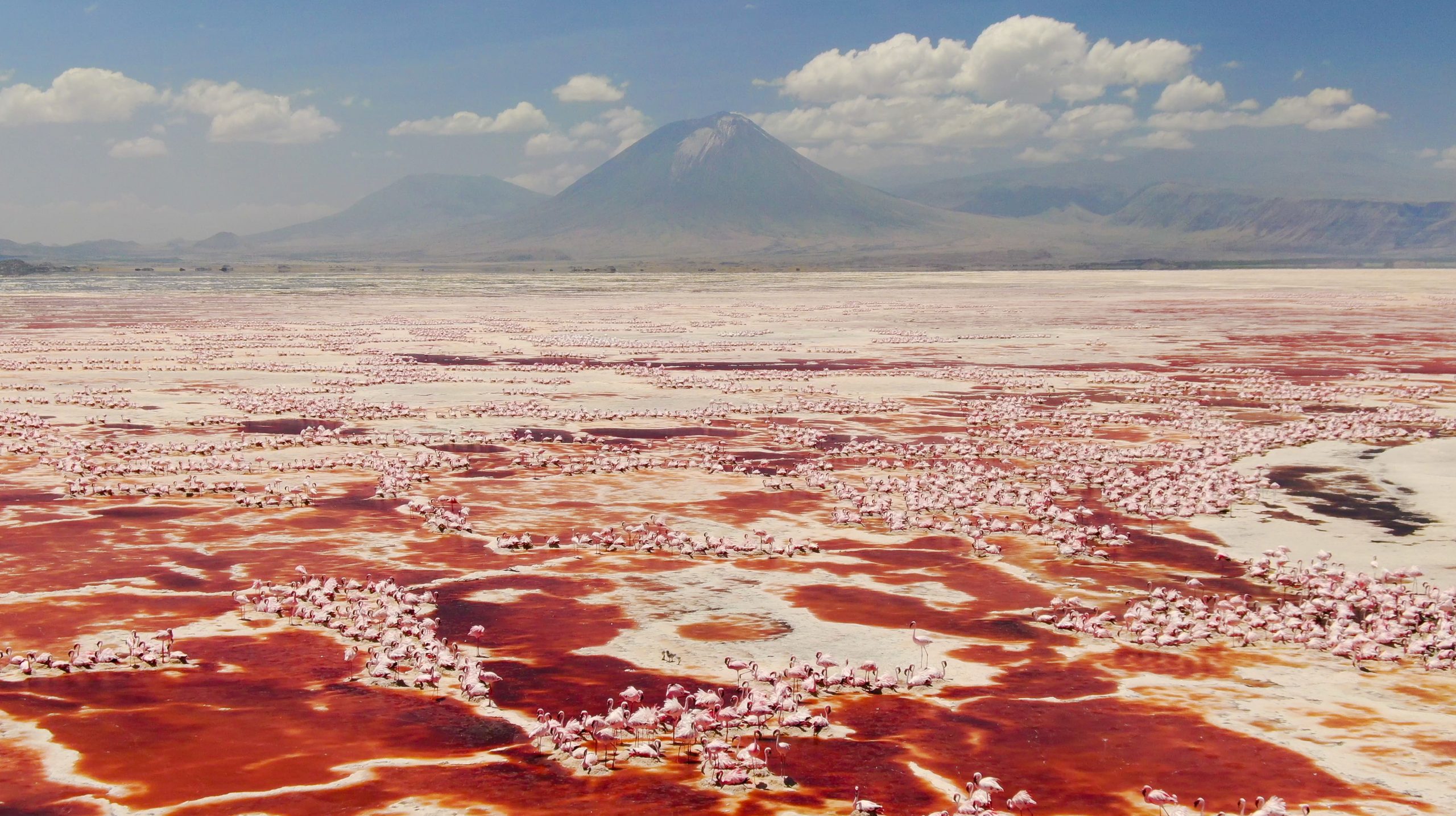

- LIVING EARTH CLOCK AND WEATHER HOW TO
- LIVING EARTH CLOCK AND WEATHER APK MOD
- LIVING EARTH CLOCK AND WEATHER APK
- LIVING EARTH CLOCK AND WEATHER ANDROID
LIVING EARTH CLOCK AND WEATHER HOW TO
In 4 Simple Steps, I will show you how to use Living Earth - Weather & Clock.apk app on your Phone once you are done downloading it: Step 1: Download the Living Earth - Weather & Clock.apk on your device How do I set up Living Earth - Weather & Clock?
LIVING EARTH CLOCK AND WEATHER ANDROID
It is the package file format used by the Android operating system for distribution and installation of mobile apps.
LIVING EARTH CLOCK AND WEATHER APK
The APK means Android Package Kit (APK for short). APK files are the raw files of an Android app similar to how.
LIVING EARTH CLOCK AND WEATHER APK MOD
Climate Resilience Toolkit to learn how to understand and address climate issues that impact people and their communities.In other to have a smooth experience, it is important to know how to use the APk or Apk MOD file once you have downloaded it on your device. To learn more about climate change in the United States, visit the latest National Climate Assessment. These changes, from sea level rise to melting mountain glaciers to prolonged droughts, will likely have a much greater impact on society as a whole than temperature change alone.įor more information, see the post “ What’s the difference between global warming and climate change?” Today’s global warming is an unprecedented type of climate change and is causing a number of side effects to our planet. Generally, when scientists talk about global warming, they almost always mean human-caused warming: warming due to the rapid increase of carbon dioxide and other heat-trapping gases in the atmosphere from people burning coal, oil, and gas, and from land uses, such as agriculture or urbanization. However, it is only one aspect of climate change. Global warming is causing climate patterns to change. The current increase in global average temperature appears to be occurring much faster than at any point in the last 11,000 years. Over the last 50 years, global warming has primarily been due to the increase of heat-trapping pollutants, called greenhouse gases, that humans are adding to the atmosphere primarily by burning fossil fuels.

Specifically, it relates to the recent and ongoing rise in global average temperatures near Earth’s surface (land, ocean or both). Global warming is one aspect of climate change. Natural causes range from regular pattern shifts in the dynamics of our oceans and atmosphere, such as El Niño/ La Niña, to volcanic eruptions that emit various gasses and aerosols in the atmosphere, to long-term changes in the Earth’s orbit around the sun, to variations in the amount of energy from the Sun that reaches Earth. Human activities include the emission of heat-trapping greenhouse gases, such as carbon dioxide, into the atmosphere and changes in land-use patterns, such as agriculture and urbanization. This includes major, long-term changes in temperature, precipitation, humidity, ocean heat, wind patterns, sea level, sea ice extent, and other factors, and how these changes affect life on Earth.Ĭlimate change results from both human activities and natural causes. They also issue critical watches and warnings before extreme weather strikes.Ģ015 was the warmest year on record for Earth, a record that dates back to 1880.Ĭlimate change refers to any significant change in the measures of climate for extended periods of time, usually over decades or longer. Our forecasters rely on a network of radars, satellites, ocean buoys, weather balloons, other observations, and supercomputers to provide timely, accurate, and reliable forecasts. NOAA’s NWS provides around-the-clock service to every American through our network of 122 local weather forecast offices and numerous regional centers that keep tabs on weather, fire, river, coast and ocean conditions. NOAA’s National Weather Service is the nation’s lead forecasting agency, its first line of defense to ensure Americans can take steps to protect life and property. Whether it’s a hurricane, a crippling snowstorm, or a multi-year drought, weather and climate affect communities and businesses across the United States. Part of NOAA’s mission is to build a Weather-Ready Nation-ensuring communities and businesses are prepared to for extreme weather, water, and climate-related events. Also, climate generally doesn’t vary much over short distances, except in the mountains. That’s why we come to expect, for example, that the Northeast will be cold and snowy in January and that the South will be hot and humid in July. Climate, on the other hand, changes more slowly.


 0 kommentar(er)
0 kommentar(er)
